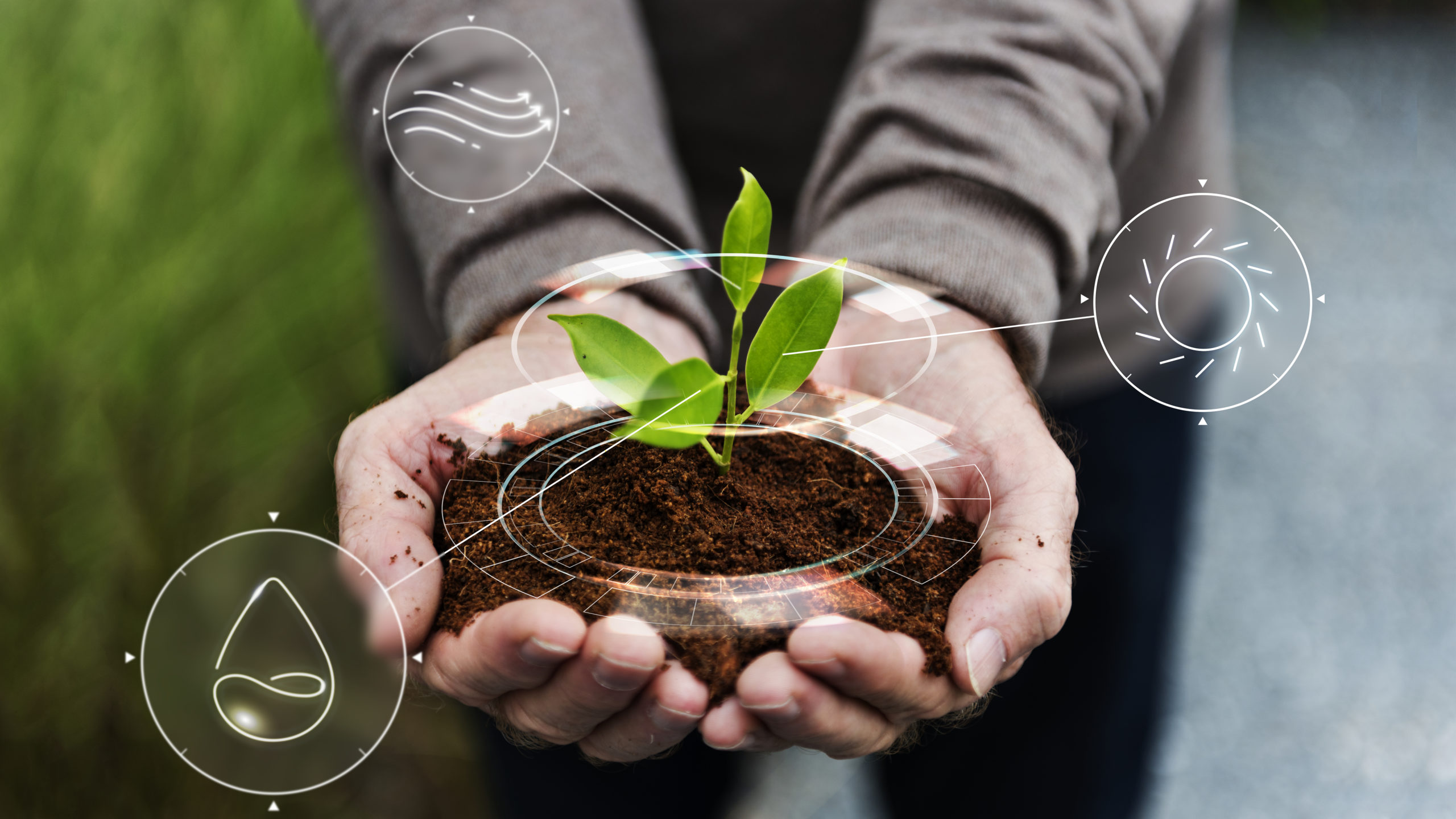Today more than ever environmental sustainability is a crucial topic in international debates. To pursue the ambitious goals for a sustainable future it is fundamental to implement new technologies, like the Internet of Things (IoT) and Artificial Intelligence (AI). IoT applications and AI devices can help man to improve life quality and the environment where he lives.
IoT, applications for renewable energies
With the rapid growth of renewable energies, the energy sector has become more dynamic. It transformed consumers into producers and created a capillary distribution network. These factors led to important changes to network management with more inspections and monitoring activities to evaluate supply availability. IoT devices can support companies in this transition by collecting real-time data with intelligent sensors. This analytic approach makes consumers more conscious and stimulates them to act responsibly.
Renewable energies production often relies on weather conditions. If we think about a solar or wind power plant, the weather is an unpredictable factor that man cannot control. IoT systems can monitor plants, organize and distribute energy if the green energy is not sufficient and they can predict the plant functioning.
IoT applications to fight environmental pollution
IoT applications are fundamental to monitoring air quality and environmental pollution. Thanks to AI sensors, it is possible to promptly detect problems, like a gas leak, send alerts and take immediate action. IoT integrated systems collect data in real-time and upload them in a cloud service to be remotely analyzed from anywhere. Using the most advanced Machine Learning technologies, it is possible to train the algorithm to analyze selected types of data, like PM10 levels, and detect anomalies in recurrent patterns.
To reduce atmospheric pollution, it is fundamental to intervene in automotive technologies and viability. In the first case, new technologies allow cars to be more efficient. Regarding road viability, traffic lights, using Computer Vision technology, can improve traffic flows and reduce queues.
Drones are suitable devices for monitoring environmental pollution, especially in impervious areas or when is required prolonged observation. They can send high-quality images and videos in real-time, monitor vegetation state of health by measuring photosynthesis activity, detect air pollution or produce 3D images to analyze hydrogeological risks.
We need to mention also light pollution, which is maybe less apparent, but it can reach high levels in big cities. Using AI sensors, that activate lights when needed, it is possible to manage efficiently public and private illumination, avoiding unnecessary energy consumption.
IoT and AI systems to monitor water quality
Beyond green energy and environmental pollution, IoT and AI technologies can help to improve water quality. In the Baltic Sea, for example, they are using AI devices to analyze leakages of dangerous substances from chemical weapons that are on the seabed, threatening flora and fauna. In Holland, they have designed an AI robot that can pick up cigarette butts on the beaches.
By using AI and IoT sensors, it is also possible to monitor oceans’ seawater and their populations and discover illegal acts, like spillage of toxic industrial liquids or intensive fishings in some areas. IoT applications – monitoring parameters like temperature, pH, dissolved oxygen, or conductivity – allow conducting efficient analysis for more sustainable aquaculture.
Internet of Things and Artificial Intelligence to safeguard the environment
Internet of Things and Artificial Intelligence devices are important allies to safeguard the environment and reduce pollution. MAS Elettronica develops Hardware for IoT and AI systems to be used for environmental sustainability.
Our solution for AI and IoT applications is SBC FRIDA IMX8M plus.
For more information on our products, services, and technology partners:


